Naples
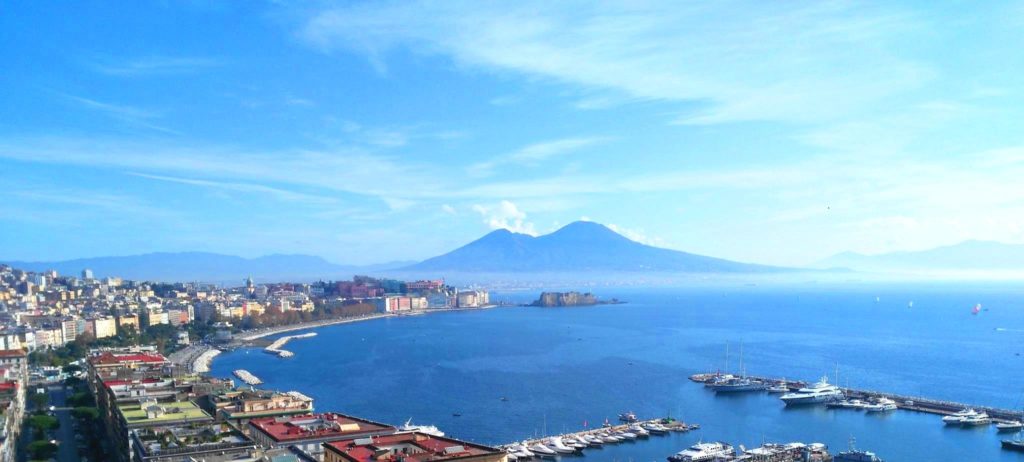
Naples was founded in the VII century a. C. by the Greeks who, departed from Cuma, settled on the hill of Pizzofalcone and called it Partenope. In 500 a. C. the Greeks themselves founded a second settlement further down, towards the sea, and to distinguish it from the old they called it Neapolis, which in Greek means "new city".
Evidence of the many dominations is evident in Naples: with the Norman-Swabian monarchy the city was fortified with new buildings, such as Castel Capuano and Castel dell'Ovo, and Federico II founded the first University in 1224. With the Angevins religious buildings began, such as the Duomo, the church of San Domenico Maggiore, Santa Chiara and San Martino. In this period Naples became an important cultural center and hosted artists of great importance, from Giotto to Simone Martini. However, the Renaissance was the happiest period for the arts, with the spread of Flemish painting.
The current structure of the city took shape during the Spanish viceroyalty, from 1503. We are in a period full of events: the eruption of Vesuvius in 1631, the revolt of Masaniello in 1647, the plague of 1656. On the other side instead the art continues to be the protagonist with artists who refer to Caravaggio's naturalistic painting.
During the eighteenth century with the Habsburg viceroyalty first and the Bourbons later, Naples experienced a particularly happy moment: the San Carlo Theater, the Royal Palace, was built. In 1860, after the unification of Italy, the Recovery Plan gutted many city districts and sacrificed many churches and to build the Rettifilo, the road that connects the station to Piazza Borsa.
In the 1900s the Maritime Station, the Mostra d'oltremare and the Palazzo delle Poste were built but with the bombing and the earthquake of 1980 Naples suffered serious damage. The arts are always in turmoil, so much so that large museum spaces were born: the Gallery of Fine Arts was, in fact, enlarged and the Pan and the Madre were founded.
What to visit in Naples
Sorrento
Amalfi Coast
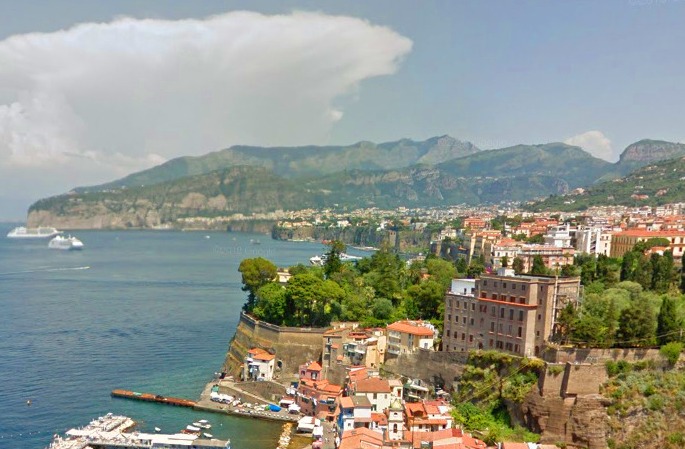
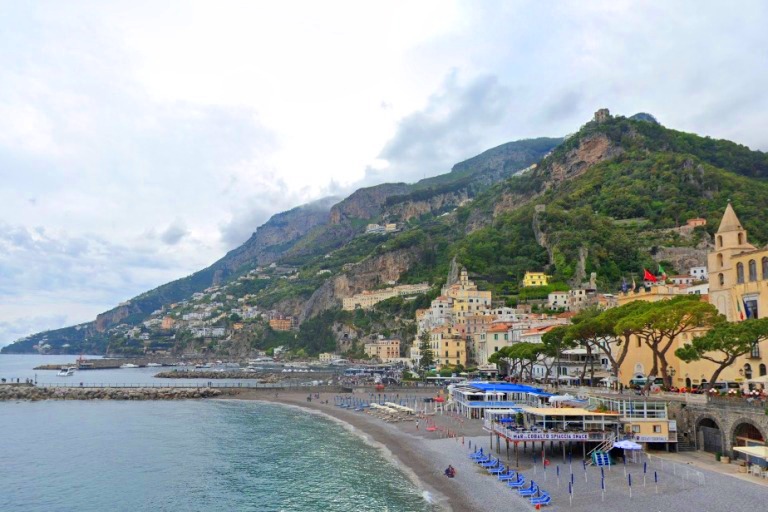
Located in front of the bay of Naples, Sorrento is built on the cliff that separates it from the marina. The historic center is a maze of narrow streets, the main square is Piazza Tasso and a stone's throw away is the Villa Comunale, from which you can admire a breathtaking view. To visit the Correale di Terranova Museum, with its precious furniture, Capodimonte porcelain and 17th century paintings, and the Sorrento Cathedral, with its interior in Baroque style.
"World Heritage Site" since 1997, the Amalfi Coast is a natural terrace overlooking the sea and which includes 13 municipalities: Amalfi, Atrani, Cetara, Conca dei Marini, Furore, Maiori, Minori, Positano, Praiano, Ravello , Scala, Tramonti, Vietri sul Mare. It is worth visiting them all, between a boat ride and a trip among the many paths along the coast. Amalfi is a good starting point to discover the coast, with its majestic Cathedral and, for trekking enthusiasts, the "Path of the Gods", which starts from Agerola and reaches the lively and colorful Positano, between ancient villages and typically Mediterranean atmospheres.
Pompeii, Herculaneum, Oplonti
Vesuvius
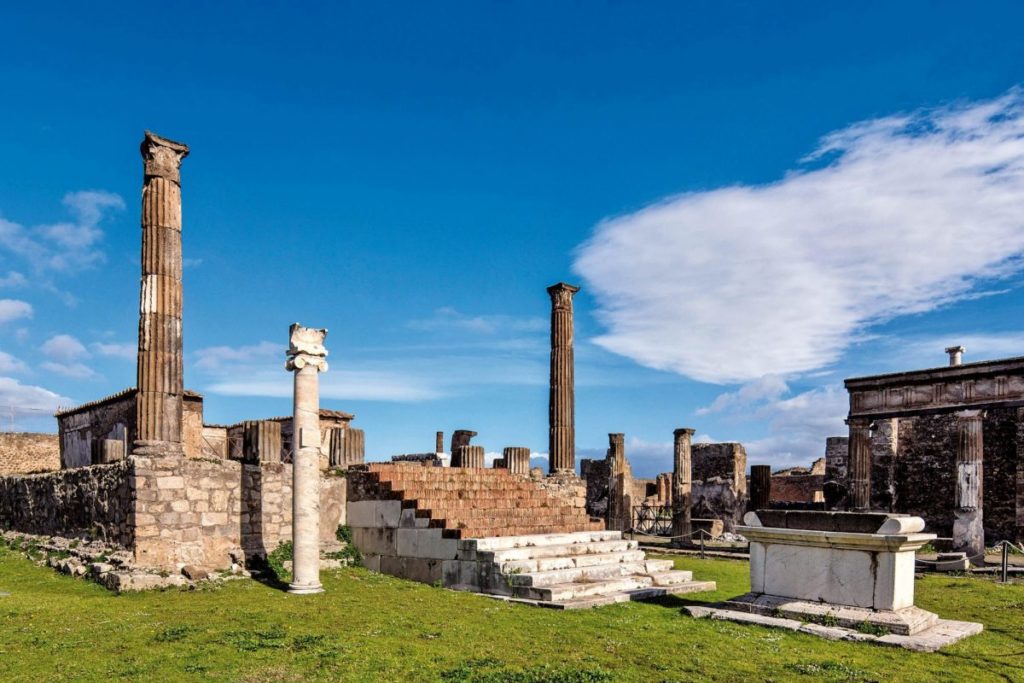
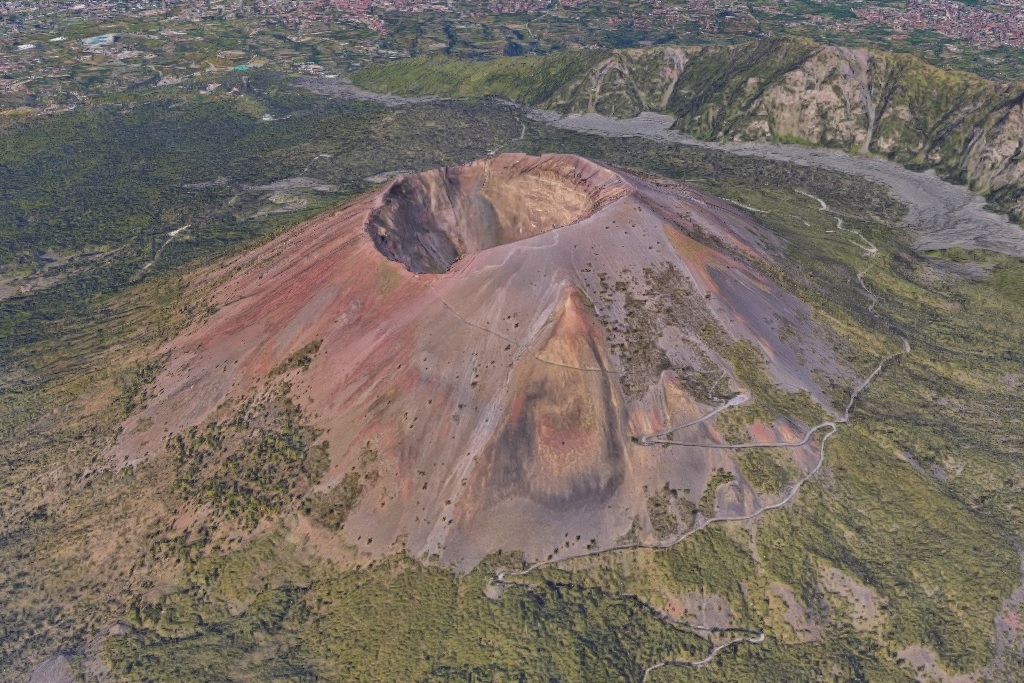
One of the most fascinating testimonies of Roman civilization, Pompeii preserves almost intact houses, objects and frescoes, brought to light in the 1700s. The area of the Forum is the starting point for visiting the ancient city, the heart of the daily activities of the inhabitants of Pompeii. To see the Temple of Apollo, the Temple of Jupiter, the Stabian Baths, the Amphitheater, among the largest in the world, and the Teatro Grande. In Herculaneum there are numerous private homes, such as the "Samnite House", the "House of Neptune and Aphrodite" and "Villa dei Papiri", located just outside the ancient city, still being excavated today. In Castellammare di Stabia, on the other hand, Villa Arianna and Villa San Marco are the testimony of the numerous residential villas of that era. Of particular interest are the excavations of Oplonti, which include an otium villa called “di Poppea” and a rustic villa called “B o di Lucius Crassius Tertius”.
Vesuvius is the most famous volcano in the world, currently active, cross and delight of the wonderful territory that surrounds it. To safeguard the environment, the Vesuvius National Park was born in 1995. Pines, oaks, chestnut trees, flowers and fragrant plants, such as rosemary and sage, characterize this territory together with a rich wildlife community. It is possible to experience the beauties and peculiarities of the entire volcanic complex through the numerous paths. Particular is the “Sentiero Gran Cono”, which leads to the crater, up to the edge. From here it is possible to admire a breathtaking view over the entire Gulf of Naples, to live an extremely suggestive experience.
